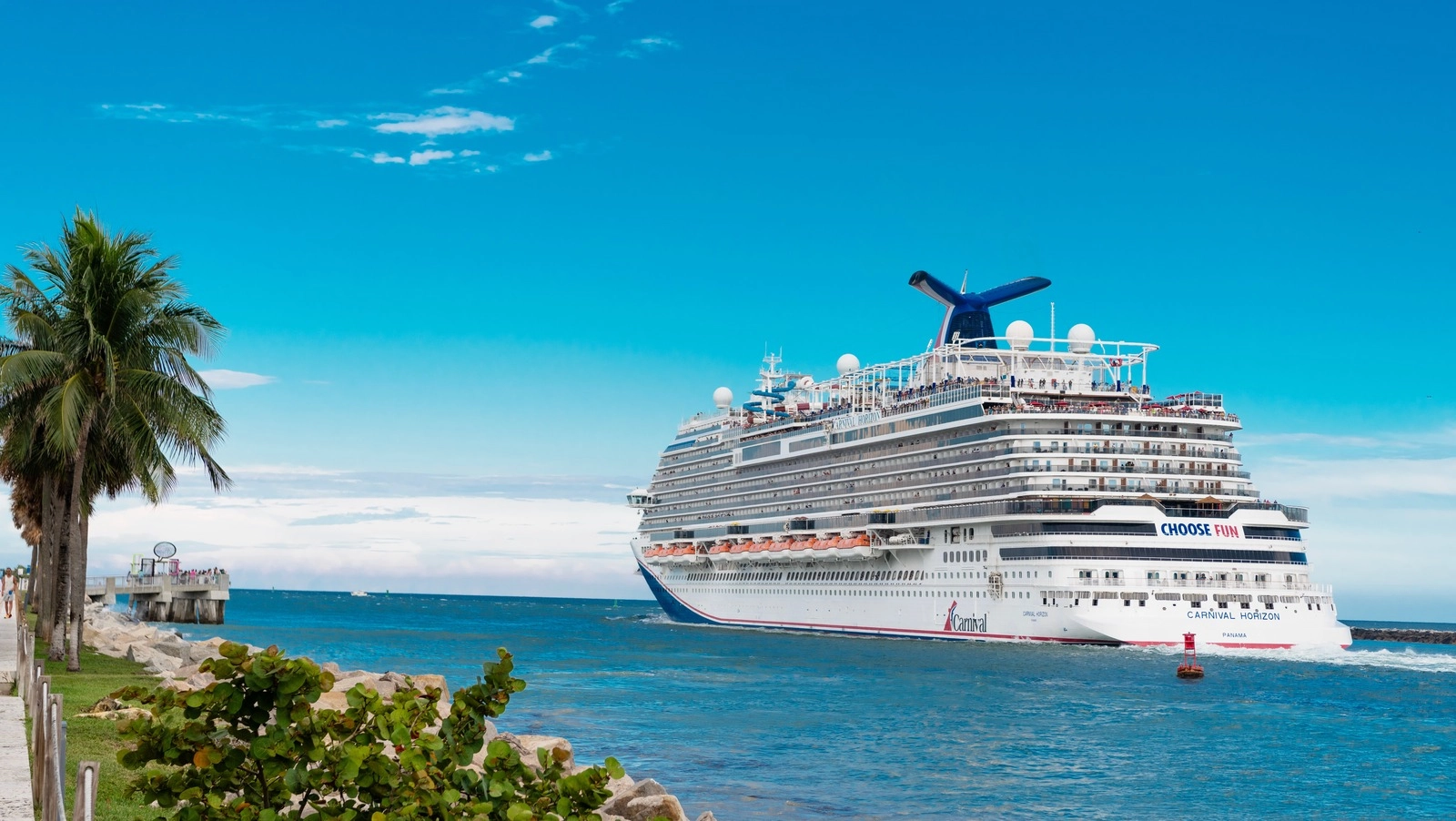
The Hidden Surveillance: Uncovering the Creepy Technology on Cruise Ships and Its Purpose
Deep within the opulent interiors of cruise ships lies a small, cold room composed of stainless steel—essentially, the morgue. While most passengers never catch a glimpse of this chilling facility, those who do have unfortunately reached the end of their journey. As projected by Cruise Market Watch, nearly 33.7 million people will embark on a cruise by the end of 2025, but, regrettably, not all will return home alive.
Although the cruise industry tends to keep statistics on passenger deaths discreet, research reveals a more somber truth. A study published in the International Journal of Travel Medicine and Global Health reported 623 deaths from 2000 to 2019 aboard cruise ships, often due to falls, cardiac arrests, or suicides. Accidental falls can be perilous, with a fall from the deck resembling a drop from a high-rise balcony. To manage the situation when a death occurs at sea, a refrigerated morgue becomes necessary as the ship may not be close to a port.
Most cruise ships are legally required to have a morgue equipped with body bags. However, space constraints may pose a significant problem; some vessels can only accommodate up to four bodies. This limitation can lead to logistical challenges if more passengers die during a voyage. Ross A. Klein, a sociologist and author of "Cruise Ship Blues: The Underside of the Cruise Ship Industry," recounted a specific episode where the morgue filled up, forcing crew members to find alternate storage for the deceased.
To maintain a sense of normalcy among passengers, crews often use coded language over the public address system employing the NATO phonetic alphabet when notifying the ship’s captain and medical team of a death. In such instances, additional medical personnel on land are alerted, and agencies like the Coast Guard or CDC may also be involved.
Ports of call vary in their requirements regarding the handling of deceased passengers. Some mandate that bodies be removed immediately at the port, often through discreet exits to avoid public attention. In other cases, ships may be allowed to complete their journey, allowing the bereaved parties to continue their vacations while minimizing bureaucratic requirements.
Set sail on a voyage of discovery with CruiseShip.net – your ultimate destination for all things cruising! Explore the latest news, insightful reviews, and thrilling cruising adventures from around the globe. Whether you’re a seasoned cruiser or a first-time traveler, CruiseShip.net is your go-to source for expert advice, insider tips, and inspiring stories to fuel your wanderlust. Embark on a journey like no other with CruiseShip.net – where every wave brings new excitement and endless possibilities on the high seas.



Leave a Reply